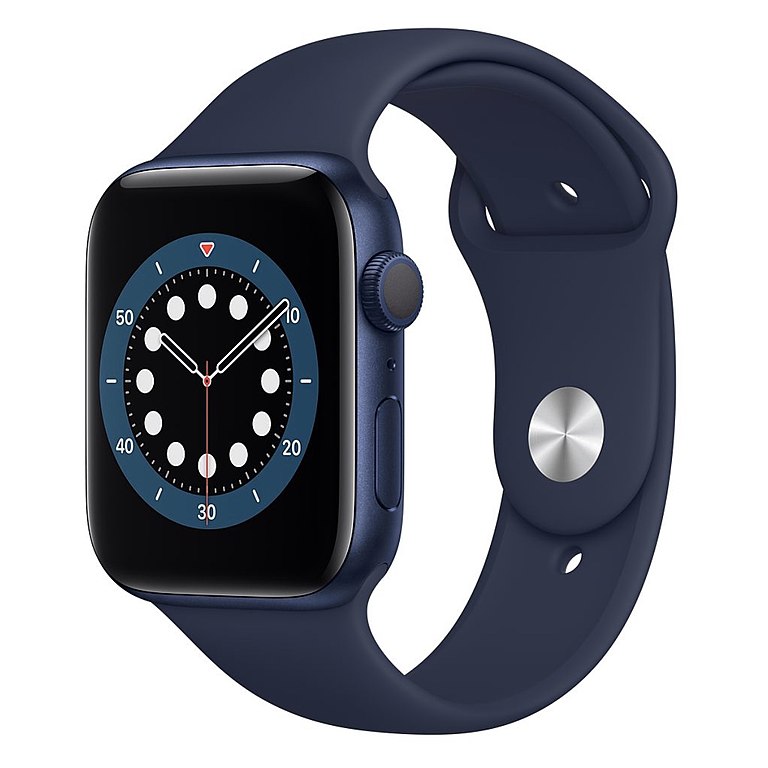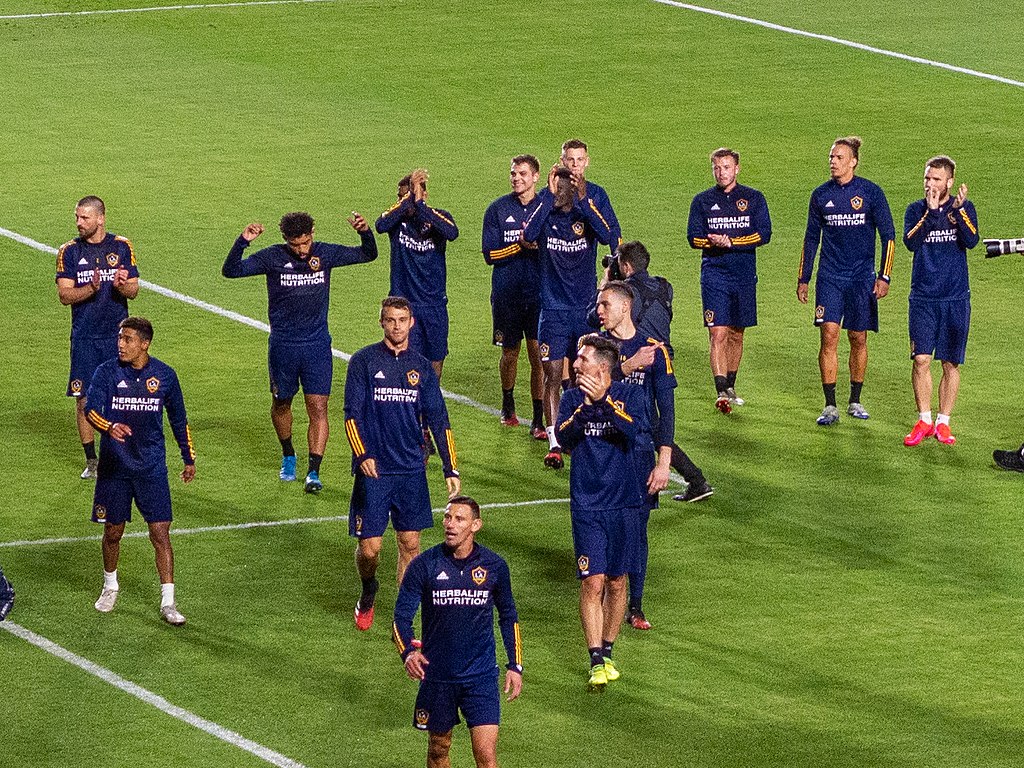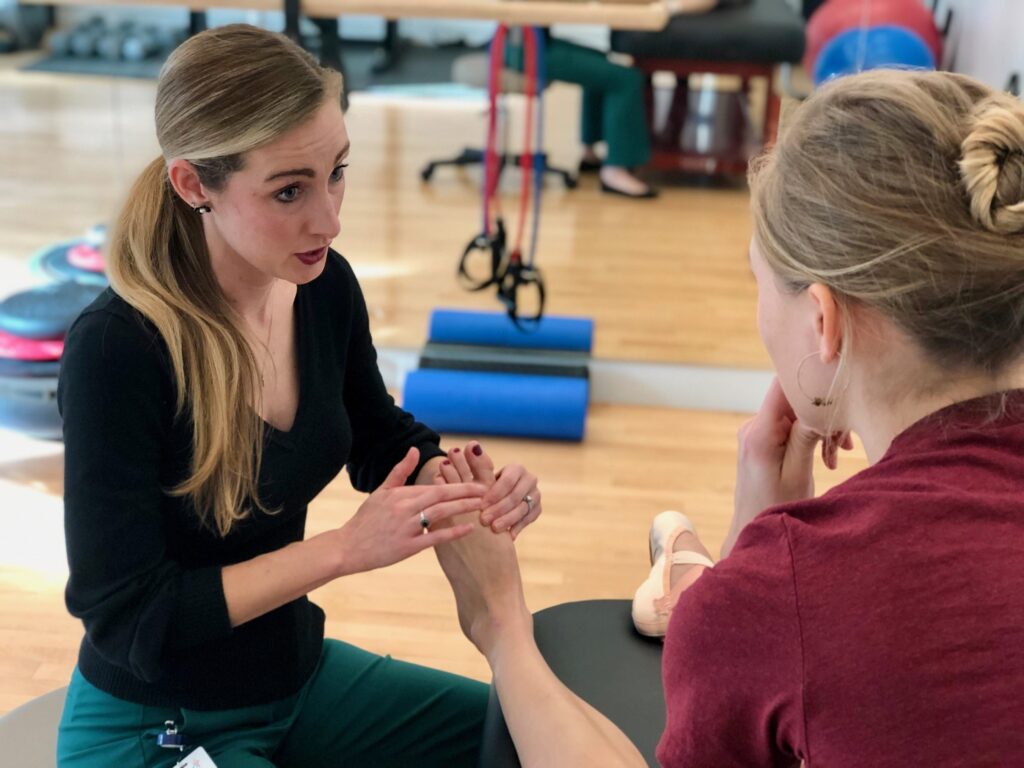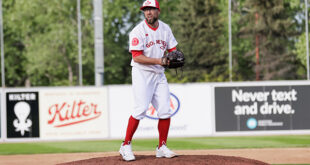By Dana Ryan, Ph.D., Director of Sports Performance Nutrition and Education at Herbalife Nutrition and Adam Waterson, Head of Strength and Conditioning at LA Galaxy, special to SportsMediaReport
A sports teams’ coaching staff, trainers, dietitians, strength coaches, and sports scientists are trusted experts that athletes rely on to ensure optimal performance. Their ability to understand each athlete’s needs and build genuine relationships, fitness programs and nutrition regimens for each athlete leads to far better individual support. So, it’s no surprise that coaching staff become a fundamental part of players’ success.
When the pandemic hit, professional athletes, coaches, and support staff were challenged to maintain this level of engagement. Athletes feared their performance might decrease, while sports performance coaches had to pivot to stay accessible during these uncertain times.
Similarly, people who aren’t professional athletes often have someone in their lives who they turn to for advice or accountability, whether it’s a nutrition coach or a trainer at the gym. They too had to learn to adjust to a new level of engagement.
Below we’ve shared sports performance best practices that the LA Galaxy has learned over the past two years that can be applied to most weekend warriors who are returning to, or even adopting healthy active lifestyles post-pandemic.
Combine Tech and Training to Stay Connected
The pandemic challenged our connections with players and how we were able to access them. We adjusted our approach to ensure we stayed connected and could keep the athletes on track with their personalized nutrition and physical training plans, motivated to continue achieving their set daily training targets and short-term goals, while also meeting the required steps to achieve long term progressions. Social networking channels and video conferencing played a big part in maintaining a semblance of normalcy.
We also got creative by incorporating technology into the players’ routines to remotely track performance and training loads. We provided them with a variety of technology, such as heart rate monitors, GPS tracking units, Apple Watch® wrist wearable devices, Oura® smart rings, which are used to measure and monitor specific physical performance data such as resting heart rate, target heart rate zones during training, distance, high-speed running and sprinting, sleep duration and quality, and fatigue levels. By involving the athletes more in the data collection process, they became more accountable and aware of the importance of the data we were collecting and how it affected their performance. We also made ourselves available to them to help explain and interpret this data so that they could continue to evolve their goals.
Staying connected with your fitness and nutrition muses isn’t just for professional athletes. These technologies are available for consumers and is a great resource to stay connected when in-person meetings are not an option. Additionally, using fitness tech in combination with having the advice of a health coach or personal trainer, can be extremely beneficial because professionals have the interpersonal skills necessary to help reframe any confusion or feelings of doubt into positive actions.
Maintain Trust and a Sense of Community for a Healthy Lifestyle
The sports industry’s success relies heavily on camaraderie, in person support and fanfare. Our athletes at the LA Galaxy are used to being surrounded by their teammates and coaches 11 months out of the year. Research has shown team camaraderie supports better psychosocial health, and benefits in competence, character, confidence, and other critical components of positive growth. To help them feel they had the same one-on-one focus and support, during the pandemic we had to individualize their fitness sessions and create effective nutrition plans that the athletes could follow at home.
Perhaps most important in ensuring the athlete’s success were virtual check-ins which fostered personal interactions. We used the time to educate them on nutrition, and funny enough, they weren’t distracted by other activities, as they may have been under normal circumstances. These one-on-one, virtual check-ins allowed us to maintain human connection. Finding new ways to help athletes learn how to cook or engage them in cooking competitions helped maintain a competitive spirit while also building a sense of community.
Making significant, long-term lifestyle changes necessitates an integrated approach that includes proper nutrition, physical activity, a personalized plan, and support. It’s about far more than a single one-size-fits-all solution. Surrounding yourself with people who share your values, whether in person or virtually, will hold you more accountable to show up, learn new things, and work harder. It also has a more calming effect than doing the work alone. A consistent exercise regimen, a supportive community, and balanced nutrition are also important components of a holistic approach to living a healthy and happy life.
Prioritize Physical and Mental Recovery
Another important learning from these past two years was that evolution of recovery from just resting or stretching after a game or training, but of also facilitating mental recovery. Over the past two years, stress came from many sources, whether it be isolation, performance anxiety, or social media stressors and it was important that we developed strategies to manage it all. As their coaches, it’s not only our job to help them achieve their performance goals but to also protect their mindset, emotions, and mental health.
Since we’ve been back in person at the training facility, we have still maintained a focus on promoting positive mental health and reducing the player’s cognitive load. With life’s daily disruptions returning to take up more time and mental capacity, we try to take the “thinking” out of as many steps as possible while the athletes are with us so they can focus on their game. We do everything we can to help them de-stress by placing a huge emphasis on maximizing recovery days. Where possible, we try and vary the recovery routine for the players and some activities we have rotated between include beach volleyball, pool sessions, ocean swims, bike rides and upper body gym sessions. Another addition to the program was after a heavy travel schedule allowing the players to sleep in and do a recovery yoga session via zoom from the comfort of their home. After the class we would then remind the players of focusing on hydration and quality nutrition while away from the club.
Recovery after exercise is an important part of any workout routine, no matter your level of athletic performance. Post-exercise recovery is critical for muscle strengthening and repair. A good recovery routine will not only help you avoid future injuries, but it will also have a significant impact on your fitness goals, allowing you to get back on track and train more efficiently. A combination of nutrients is essential for accelerating muscle recovery. Hydrating before, during, and after a workout, whether with water, tea, or shakes, will help replenish depleted nutrients lost during your workout.
Whether you are a professional athlete or a weekend warrior, you can train your body and mind to perform at their optimal levels by applying some of these lessons learned.
 Sports Media Report
Sports Media Report




